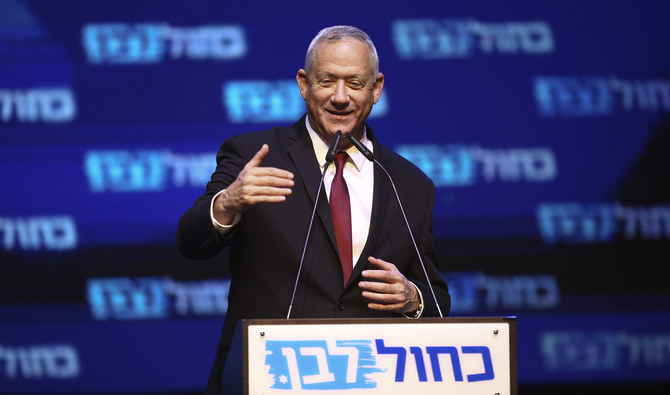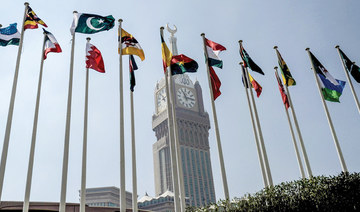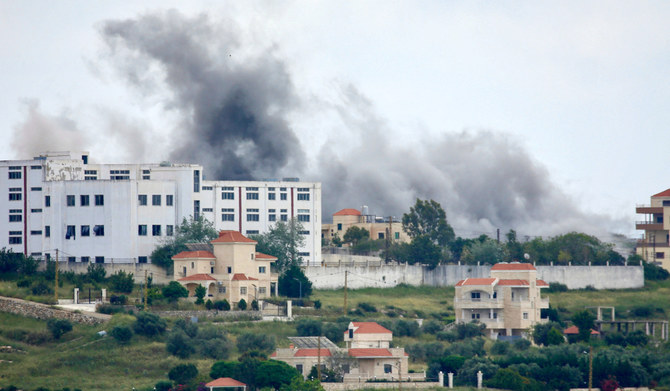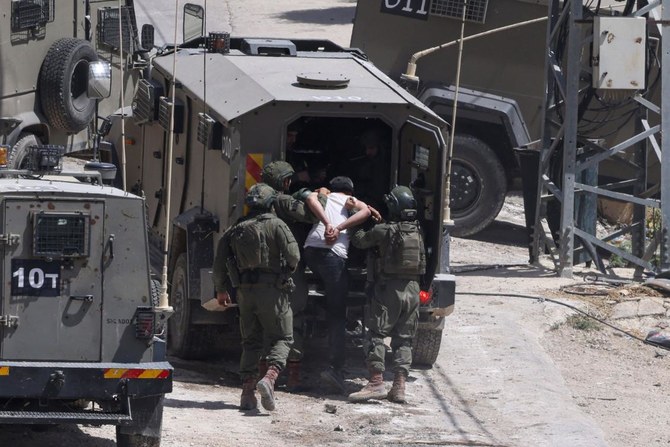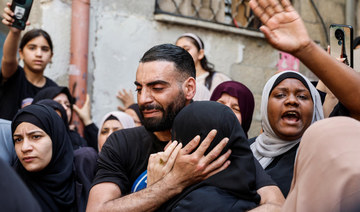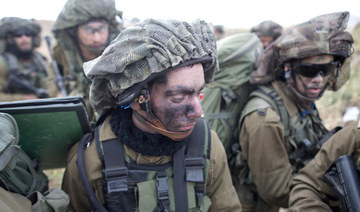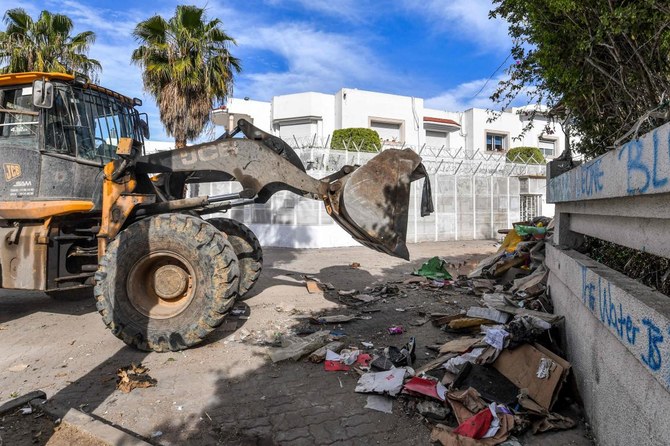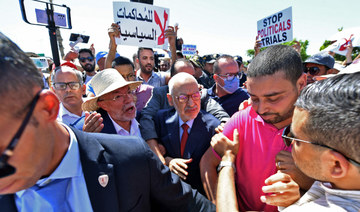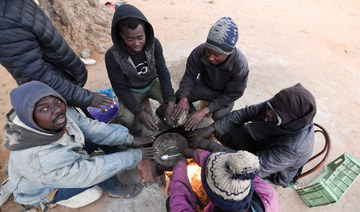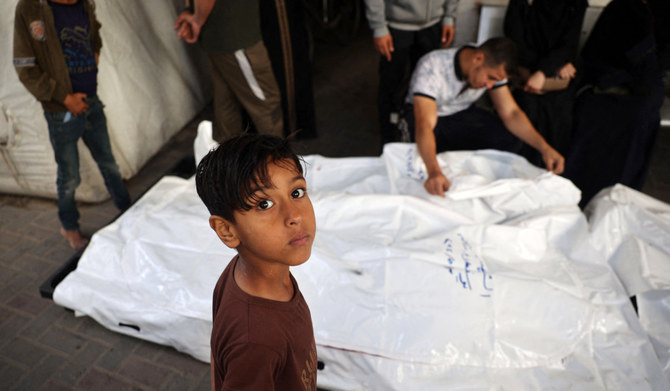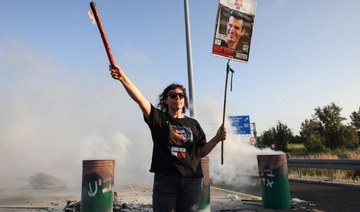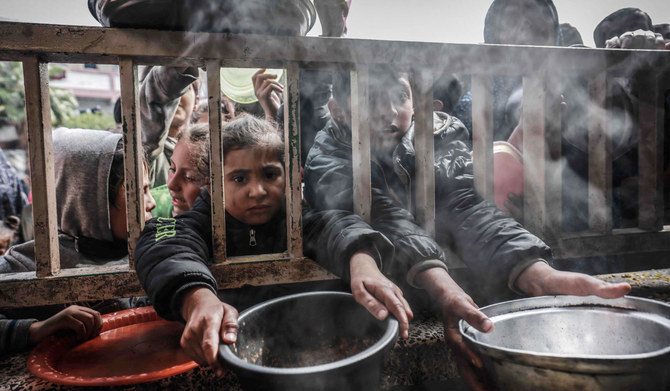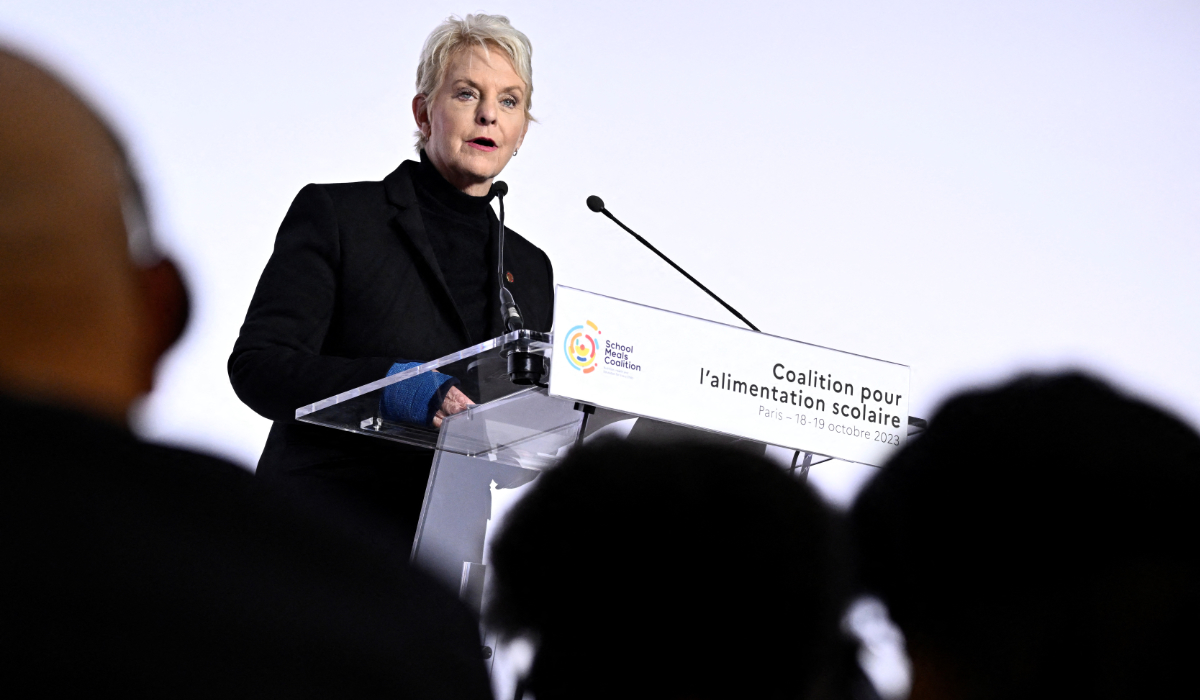JERUSALEM: Israeli Prime Minister Benjamin Netanyahu and his main challenger Benny Gantz were deadlocked with nearly all votes from the country's general election counted on Wednesday, Israeli media reported.
Various Israeli media reported that Netanyahu's right-wing Likud and Gantz's Blue and White had 32 seats each of parliament's 120 with more than 90 percent of the vote counted.
The reports were citing sources with the elections committee, as that level of results had not been officially posted yet.
Earlier reports said Netanyahu fell short of securing a parliamentary majority with his religious and nationalist allies in national elections Tuesday, initial exit polls showed, setting the stage for a period of coalition negotiations that could threaten his political future and clear the way for him to be tried on corruption charges.
Benny Gantz, a former general, stopped short of an outright claim of victory. But beaming confidence, he told a rally of his Blue and White Party that it appeared "we fulfilled our mission", and he pledged to work towards formation of a national unity government.
Netanyahu, he said, apparently "did not succeed in his mission" to win a fifth term in a do-over election that followed an inconclusive national ballot in April. "We will await the actual results," Gantz said. Netanyahu said early Wednesday he was waiting for results in the country's general election, but that he was prepared for negotiations to form a "strong Zionist government."
"In the coming days, we will enter into negotiations to establish a strong Zionist government and to prevent a dangerous anti-Zionist government," he told supporters at a post-election rally in Tel Aviv.
Initial results posted by Israel’s three major stations showed challenger Gantz’s centrist Blue and White party with a slight lead over Netanyahu’s Likud. While the results do not guarantee that Gantz will be the next prime minister, they signaled that Netanyahu, who has led the country for over 10 years, could have real trouble holding on to the job.
Israeli exit polls are often imprecise, and final results, expected Wednesday, could still swing in Netanyahu’s favor. But all three stations predicted a similar outcome.
According to those polls, neither Likud nor Blue and White, with their smaller respective allies, could control a majority in the 120-seat parliament without the support of Avigdor Lieberman’s Yisrael Beitenu party. That put Lieberman, a former protege of Netanyahu’s who has become one of the prime minister’s fiercest rivals, in the position of kingmaker.
Addressing his supporters late Tuesday, a jubilant Lieberman said he saw only “one option:” a broad, secular coalition with both Blue and White and Likud.
“We’ve always said that a unity government is only possible in emergency situations. And I tell you and I tell every citizen today watching us on television: the situation, both security-wise and economically, are emergency situations,” he said. “The country, therefore, requires a broad government.”
Lawmakers in Gantz’s party also expressed support for a unity arrangement, which could include a rotating prime ministership. Gantz was expected to address his supporters early Wednesday.
Attention will now focus on Israel’s president, Reuven Rivlin, who is to choose the candidate he believes has the best chance of forming a stable coalition. Rivlin is to consult with all parties in the coming days before making his decision.
After that, the prime minister-designate would have up to six weeks to form a coalition. If that fails, Rivlin could give another candidate for prime minister 28 days to form a coalition. And if that fails, new elections would be triggered yet again. Rivlin has said he will do everything possible to avoid such a scenario.
Lieberman called for an immediate start to negotiations and predicted it could be wrapped up quickly. But such a deal promises to be complicated.
Analysis: Palestinians would like to see Netanyahu lose in elections
Gantz, a former military chief who has presented himself as a unifying figure in a divided nation, has ruled out a partnership with Likud if Netanyahu remains at the helm at a time when he is expected to be indicted on criminal charges. Lieberman, who leads a nationalist but secular party, is unlikely to sit with Arab parties on the left or ultra-Orthodox religious parties on the right.
With no alternatives, Likud could be forced to search for a new leader who can work with Gantz.
Netanyahu remained holed up at his official residence in Jerusalem past midnight, as supporters awaited him at a campaign event in Tel Aviv. Party members said they remained behind their leader.
“We have the basic principal of standing by the party leader who was elected in the party primary, which is why we won’t take action against Netanyahu,” said lawmaker Micky Zohar, a Netanyahu loyalist.
Netanyahu, the longest serving leader in Israeli history, had sought an outright majority with his allies to secure immunity from the expected indictment. That now seems unlikely.
Israel’s attorney general has recommended charging Netanyahu with bribery, fraud and breach of trust in three scandals, pending a hearing scheduled next month. A formal indictment would increase the pressure on Netanyahu to step aside if he does not have immunity.
Netanyahu tried to portray himself as a seasoned statesman uniquely qualified to lead the country through challenging times during an abbreviated but alarmist campaign marked by mudslinging and slogans that were condemned as racist. Gantz tried to paint Netanyahu as divisive and scandal-plagued, offering himself as a calming influence and honest alternative.
Netanyahu’s campaign swung between images of him jetting off to world capitals and having warm relations with powerful leaders, most notably President Donald Trump.
At the same time, he issued repeated doomsday warnings that his opponents were scheming with politicians from the country’s Arab minority to “steal” the election. The scare tactics drew accusations of racism and incitement from Arab leaders.
Netanyahu also sought to appeal to his hard-line base with a number of election promises, including plans to annex all of Israel’s settlements in the West Bank.
His proposal, which could extinguish any remaining hopes for a Palestinian state, were condemned by much of the world, including important Arab countries like Jordan and Saudi Arabia. But the US remained muted, suggesting he had coordinated with Washington ahead of time.
Netanyahu’s frenetic warnings about Arabs appeared to backfire, turning off some Jewish voters and driving heavy turnout in the Arab sector.
Ayman Odeh, leader of the main Arab faction in parliament, said that increased turnout had hurt Netanyahu.
“There’s a heavy price to pay for incitement,” he told Channel 13 TV.
The election marked Israel’s second election of the year. Likud and Blue and White also drew even in April’s vote.
At the time, Netanyahu appeared to have the upper hand, with his traditional allies of nationalist and ultra-religious Jewish parties controlling a parliamentary majority.
But Lieberman, his mercurial ally-turned-rival, refused to join the new coalition, citing excessive influence it granted the ultra-Orthodox Jewish parties. Without a parliamentary majority, Netanyahu dissolved parliament and called a new election.
Lieberman’s gamble paid off Tuesday, and exit polls suggested his party had nearly doubled in strength, to as many as 10 seats.
Israel’s election commission said 69.4% of all eligible voters cast ballots in Tuesday’s elections, a slightly larger number than took part in April’s vote. The commission said 4,440,141 votes were cast in Tuesday’s elections. Turnout in April’s elections was 67.9%.
Another factor working against Netanyahu was that the fringe, ultranationalist Jewish Power faction, led by followers of the late rabbi Meir Kahane, who advocated expelling Arabs from Israel and creating a Jewish theocracy, failed to win enough votes to enter parliament. That dropped the support of Netanyahu’s overall right-wing bloc.
(With AFP)



